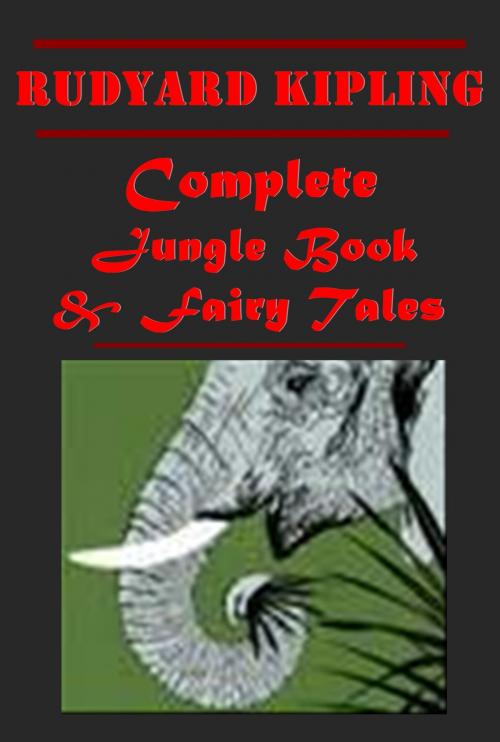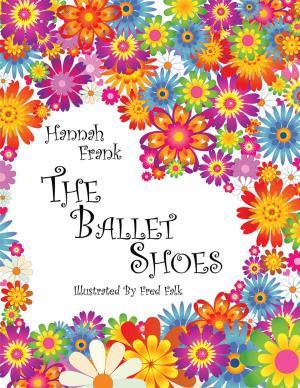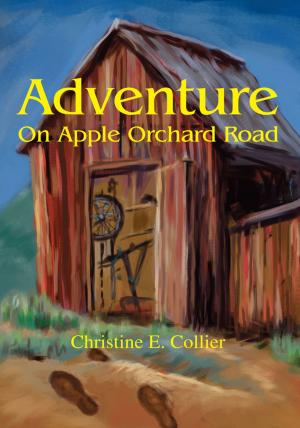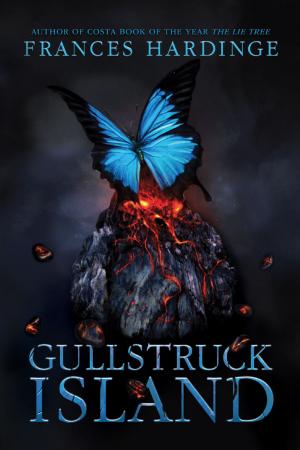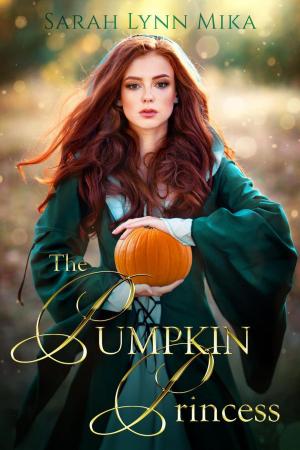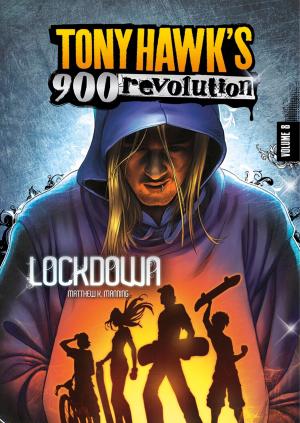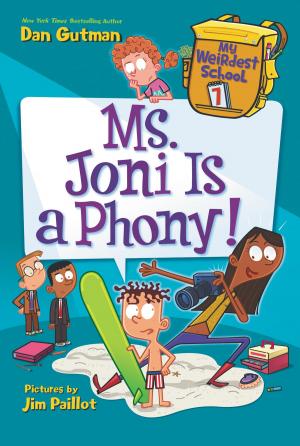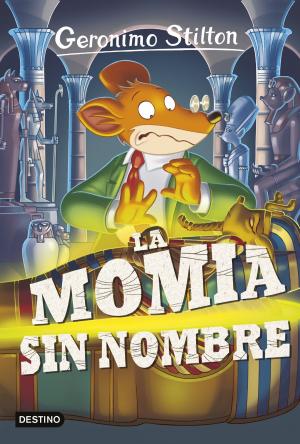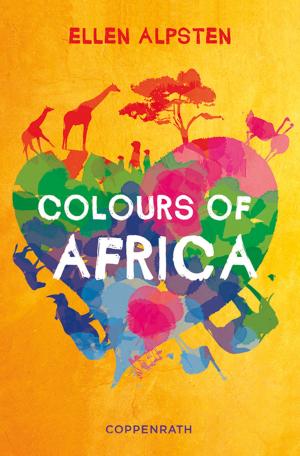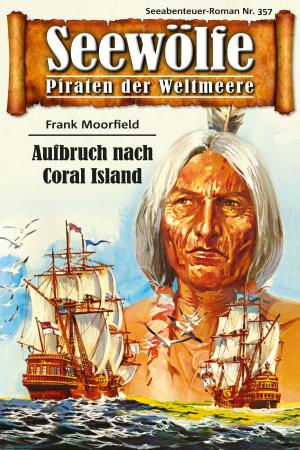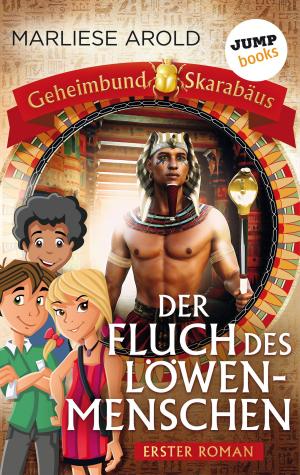Complete Jungle Stories for Children (Illustrated)
Kids, Animals, Jungle Animals, Fiction, Action/Adventure, Teen| Author: | Rudyard Kipling | ISBN: | 1230000248242 |
| Publisher: | ACEB Publishing | Publication: | June 24, 2014 |
| Imprint: | Language: | English |
| Author: | Rudyard Kipling |
| ISBN: | 1230000248242 |
| Publisher: | ACEB Publishing |
| Publication: | June 24, 2014 |
| Imprint: | |
| Language: | English |
Table of Contents
The Jungle Book
The Second Jungle Book
Just So Stories for Little Children
Puck of Pook's Hill
Rewards and Fairies
The tales in the book (and also those in The Second Jungle Book which followed in 1895, and which includes five further stories about Mowgli) are fables, using animals in an anthropomorphic manner to give moral lessons. The verses of The Law of the Jungle, for example, lay down rules for the safety of individuals, families and communities. Kipling put in them nearly everything he knew or "heard or dreamed about the Indian jungle." Other readers have interpreted the work as allegories of the politics and society of the time. The best-known of them are the three stories revolving around the adventures of an abandoned "man cub" Mowgli who is raised by wolves in the Indian jungle. The most famous of the other stories are probably "Rikki-Tikki-Tavi", the story of a heroic mongoose, and "Toomai of the Elephants", the tale of a young elephant-handler. As with much of Kipling's work, each of the stories is preceded by a piece of verse, and succeeded by another.
The Second Jungle Book (1895), in which Mowgli hears the story of how the tiger got his stripes.
The Just So Stories have a typical theme of a particular animal being modified from an original form to its current form by the acts of man, or some magical being. For example, the Whale has a tiny throat from a swallowed mariner who tied a raft in there to block the whale from swallowing others. The Camel has a hump given to him by a djinn as punishment for the camel refusing to work (the hump allows the camel to work longer between eating). The Leopard has spots painted on him by an Ethiopian (after the Ethiopian painted himself black). The Kangaroo gets its powerful hind legs, long tail, and hopping gait after being chased all day by a dingo, who was sent after the Kangaroo by a minor god whom the Kangaroo had asked to make him different from all other animals.
Puck of Pook's Hill is a historical fantasy book by Rudyard Kipling, published in 1906, containing a series of short stories set in different periods of English history. The stories are all narrated to two children living near Burwash, in the area of Kipling's own house Bateman's, by people magically plucked out of history by the elf Puck, or told by Puck himself. (Puck, who refers to himself as "the oldest Old Thing in England", is better known as a character in William Shakespeare's play A Midsummer Night's Dream.) The genres of particular stories range from authentic historical novella (A Centurion of the Thirtieth, On the Great Wall) to children's fantasy (Dymchurch Flit). Each story is bracketed by a poem which relates in some manner to the theme or subject of the story.
Rewards and Fairies is a historical fantasy book by Rudyard Kipling published in 1910. The title comes from the poem Farewell, Rewards and Fairies by Richard Corbet. The poem is referred to by the children in the first story of the preceding book Puck of Pook's Hill. Rewards and Fairies is set one year later chronologically although published four years afterwards.
The book consists of a series of short stories set in historical times with a linking contemporary narrative. Dan and Una are two children, living in the Weald of Sussex in the area of Kipling's own home Bateman's.
Rewards and Fairies is a historical fantasy book by Rudyard Kipling published in 1910.
The book consists of a series of short stories set in historical times with a linking contemporary narrative. Dan and Una are two children, living in the Weald of Sussex in the area of Kipling's own home Bateman's. They have encountered Puck and he magically conjures up real and fictional individuals from the area's past to tell the children some aspect of its history and prehistory, though the episodes are not always historically accurate.
Some stories contain elements of the supernatural as well as history. Each story is preceded and followed by a poem, including If—
Table of Contents
The Jungle Book
The Second Jungle Book
Just So Stories for Little Children
Puck of Pook's Hill
Rewards and Fairies
The tales in the book (and also those in The Second Jungle Book which followed in 1895, and which includes five further stories about Mowgli) are fables, using animals in an anthropomorphic manner to give moral lessons. The verses of The Law of the Jungle, for example, lay down rules for the safety of individuals, families and communities. Kipling put in them nearly everything he knew or "heard or dreamed about the Indian jungle." Other readers have interpreted the work as allegories of the politics and society of the time. The best-known of them are the three stories revolving around the adventures of an abandoned "man cub" Mowgli who is raised by wolves in the Indian jungle. The most famous of the other stories are probably "Rikki-Tikki-Tavi", the story of a heroic mongoose, and "Toomai of the Elephants", the tale of a young elephant-handler. As with much of Kipling's work, each of the stories is preceded by a piece of verse, and succeeded by another.
The Second Jungle Book (1895), in which Mowgli hears the story of how the tiger got his stripes.
The Just So Stories have a typical theme of a particular animal being modified from an original form to its current form by the acts of man, or some magical being. For example, the Whale has a tiny throat from a swallowed mariner who tied a raft in there to block the whale from swallowing others. The Camel has a hump given to him by a djinn as punishment for the camel refusing to work (the hump allows the camel to work longer between eating). The Leopard has spots painted on him by an Ethiopian (after the Ethiopian painted himself black). The Kangaroo gets its powerful hind legs, long tail, and hopping gait after being chased all day by a dingo, who was sent after the Kangaroo by a minor god whom the Kangaroo had asked to make him different from all other animals.
Puck of Pook's Hill is a historical fantasy book by Rudyard Kipling, published in 1906, containing a series of short stories set in different periods of English history. The stories are all narrated to two children living near Burwash, in the area of Kipling's own house Bateman's, by people magically plucked out of history by the elf Puck, or told by Puck himself. (Puck, who refers to himself as "the oldest Old Thing in England", is better known as a character in William Shakespeare's play A Midsummer Night's Dream.) The genres of particular stories range from authentic historical novella (A Centurion of the Thirtieth, On the Great Wall) to children's fantasy (Dymchurch Flit). Each story is bracketed by a poem which relates in some manner to the theme or subject of the story.
Rewards and Fairies is a historical fantasy book by Rudyard Kipling published in 1910. The title comes from the poem Farewell, Rewards and Fairies by Richard Corbet. The poem is referred to by the children in the first story of the preceding book Puck of Pook's Hill. Rewards and Fairies is set one year later chronologically although published four years afterwards.
The book consists of a series of short stories set in historical times with a linking contemporary narrative. Dan and Una are two children, living in the Weald of Sussex in the area of Kipling's own home Bateman's.
Rewards and Fairies is a historical fantasy book by Rudyard Kipling published in 1910.
The book consists of a series of short stories set in historical times with a linking contemporary narrative. Dan and Una are two children, living in the Weald of Sussex in the area of Kipling's own home Bateman's. They have encountered Puck and he magically conjures up real and fictional individuals from the area's past to tell the children some aspect of its history and prehistory, though the episodes are not always historically accurate.
Some stories contain elements of the supernatural as well as history. Each story is preceded and followed by a poem, including If—
